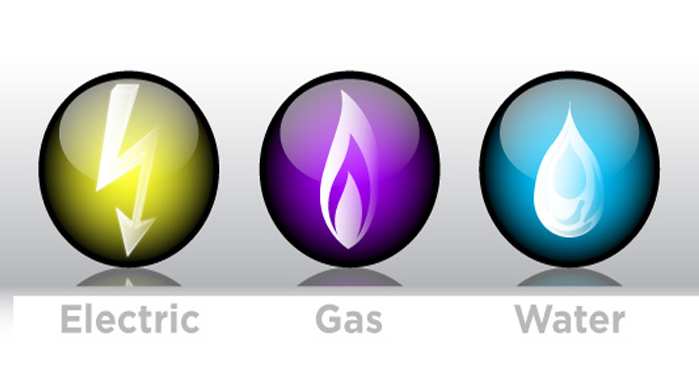The Growing Interconnectivity of Gas, Electric and Water Utilities

There’s no doubt about it; there is a strong connection that exists between the natural gas, electric and water utilities, and this relationship has only strengthened over time (and will continue to strengthen). It’s a fact that is keeping some regulators up at night, so much so that in 2012 FERC launched an initiative to improve coordination between the sectors. The two biggest reasons for this growing utility interconnectivity are the growth of gas-fired generation, and the inherent overlap of the infrastructure of gas, electric and water utilities.
How Gas, Electric and Water Utilities are Interconnected
There are several examples of how these three utility sectors are interconnected. First, electric utilities are becoming increasingly reliant on gas-fired generation – in fact, according to NERC, natural-gas fired generation now represents 25% of total generation capacity in the US, up from 17% just 10 years ago. And in New England, a whopping 51% of electricity is generated by gas-fired units.
Additionally, power plants and gas pipelines can negatively impact each other’s reliability. For example, a large drop in production at a gas-fired plant can cause an immediate pressure drop in the pipeline, which can hinder the pipeline’s performance. Similarly, fluctuating gas supply requirements caused by severe weather, unplanned outages, or balancing activities at the plant will hurt pipeline performance.
As another example, cold weather can trigger the shutting off of electric compressors that maintain pipeline pressure. This can cause a drop in pressure, which can negatively impact the supply of gas to the gas-fired plant, which can reduce overall power supply and cause downstream issues – such as cutting the power to water utility pumping stations and other facilities. In 2011, rolling blackouts cut power to the pumps that bring water into and out of El Paso and neighboring cities, resulting in a severe water shortage that lasted for more than three days. This also created a problem with frozen pipes caused by lack of water movement.
Improving Cross-Sector Utility Interconnectivity
Cross-sector utility interconnectivity is increasingly critical during emergency restoration efforts. Although this is easier said than done, making sure this element of coordination is incorporated into emergency restoration plans is a good place to start. Here are some suggestions to point you in the right direction:
- Plan to regularly interface with key stakeholders in each sector to discuss plans and share information on maintenance schedules and outages, planning of new facilities, and forecasts.
- Develop cross-sector exemption lists – for example, the need to exempt a critical water control station from rolling blackouts.
- Incorporate policies and protocols designed to improve communications between the three sectors to improve reliability as well as the efficiency and effectiveness of emergency restoration efforts.
- Take steps to increase employees’ understanding of the differences between operations and scheduling protocols in each sector.
- Develop a process to discuss and document “lessons learned” from past events that negatively impacted reliable operations within each sector.
Bottom Line on Electric, Gas and Water Utility Interconnectivity
Improving cross-sector utility integration is not an easy task. The path forward is rife with pitfalls, including a hesitation to share critical information, and different rules, protocols and jargon across the three sectors. That said, the trend of cross-sector interconnectivity and coordination is here to stay, and it has the potential to dramatically change the way utilities think about emergency preparedness. In fact, I’m fairly certain that better integration, communication, and coordination between gas, electric and water utilities will be mandated by FERC and other regulatory bodies in the coming years. And there’s no better time to start preparing for this paradigm shift in the utility industry than right now.

